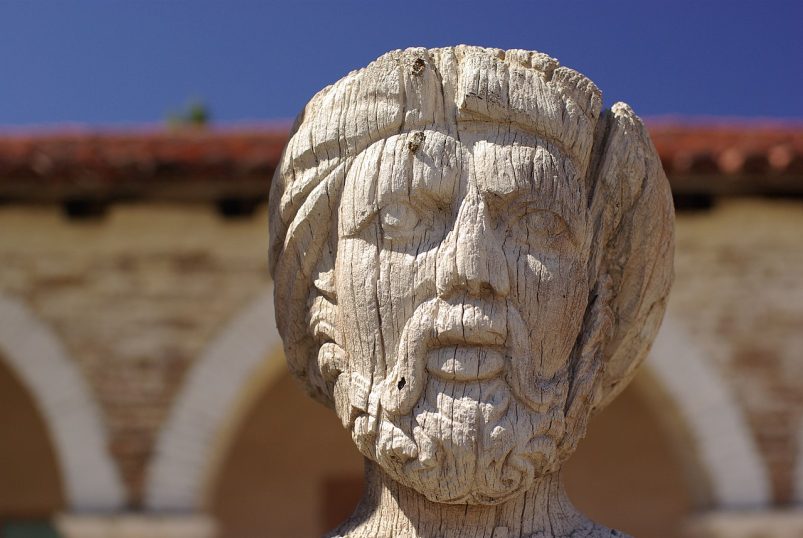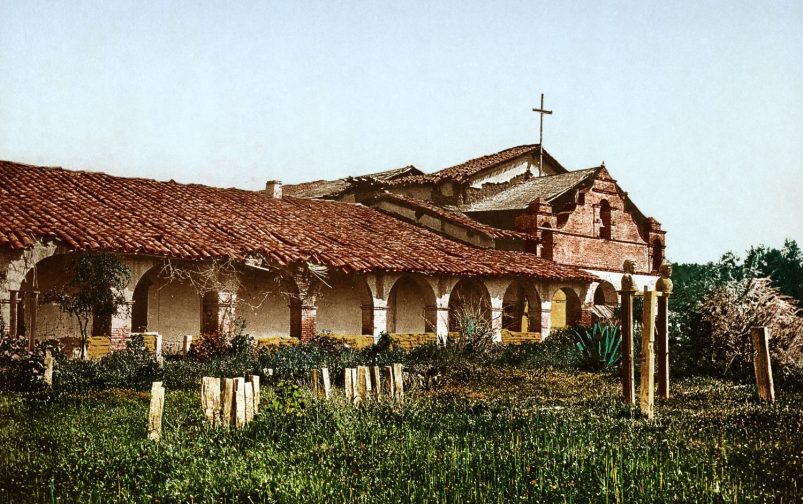Due to the location of the rugged Santa Lucia Mountains, which tumble down to the sea in central California, the overland route between San Diego and the second mission at Carmel turned inland during the latter half of the journey. Thus, Father Serra chose an oak-studded valley east of the mountains for the site of his third mission.
A bronze bell, carried by a mule to that beautiful place, was hung from a tree branch. Father Serra tolled it with vigor while shouting for the “Gentiles” to come and receive the faith. When reminded that not a single Gentile was in sight, Serra replied that he wished the bell could be heard around the world. So it was that Father Serra founded Mission San Antonio de Padua on July 14, 1771.

The mission grew slowly but steadily. In addition to the church and huge quadrangle, there stood a grist mill and an extensive irrigation system, along with many other evidences of prosperity. Yet the Indian population dwindled because of disease even before secularization. Eventually, the Mission Fathers abandoned the mission. An antique dealer stripped off the roof tiles and sold them. The mission tiles ended up on the roof of a railroad station. After an earthquake, only the walls and brick facade of the church still stood, plus a few lonely arches.
The San Antonio de Padua Mission is unique in that its surroundings did not change much from the early days of its foundation. In the 1940s, the Franciscans returned and began to rebuild the mission, working by hand as did the first builders. Now, Mission San Antonio de Padua lives again.
